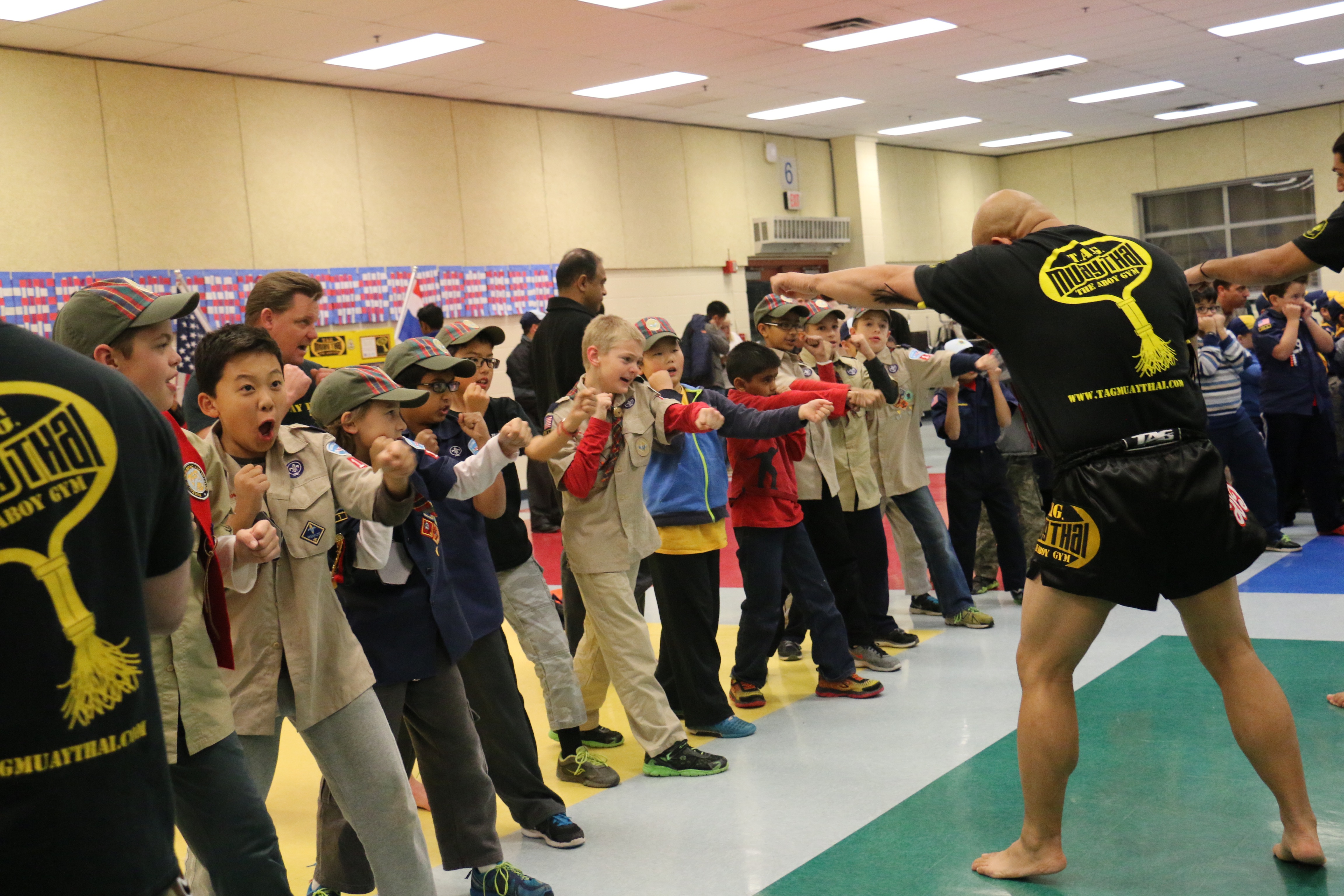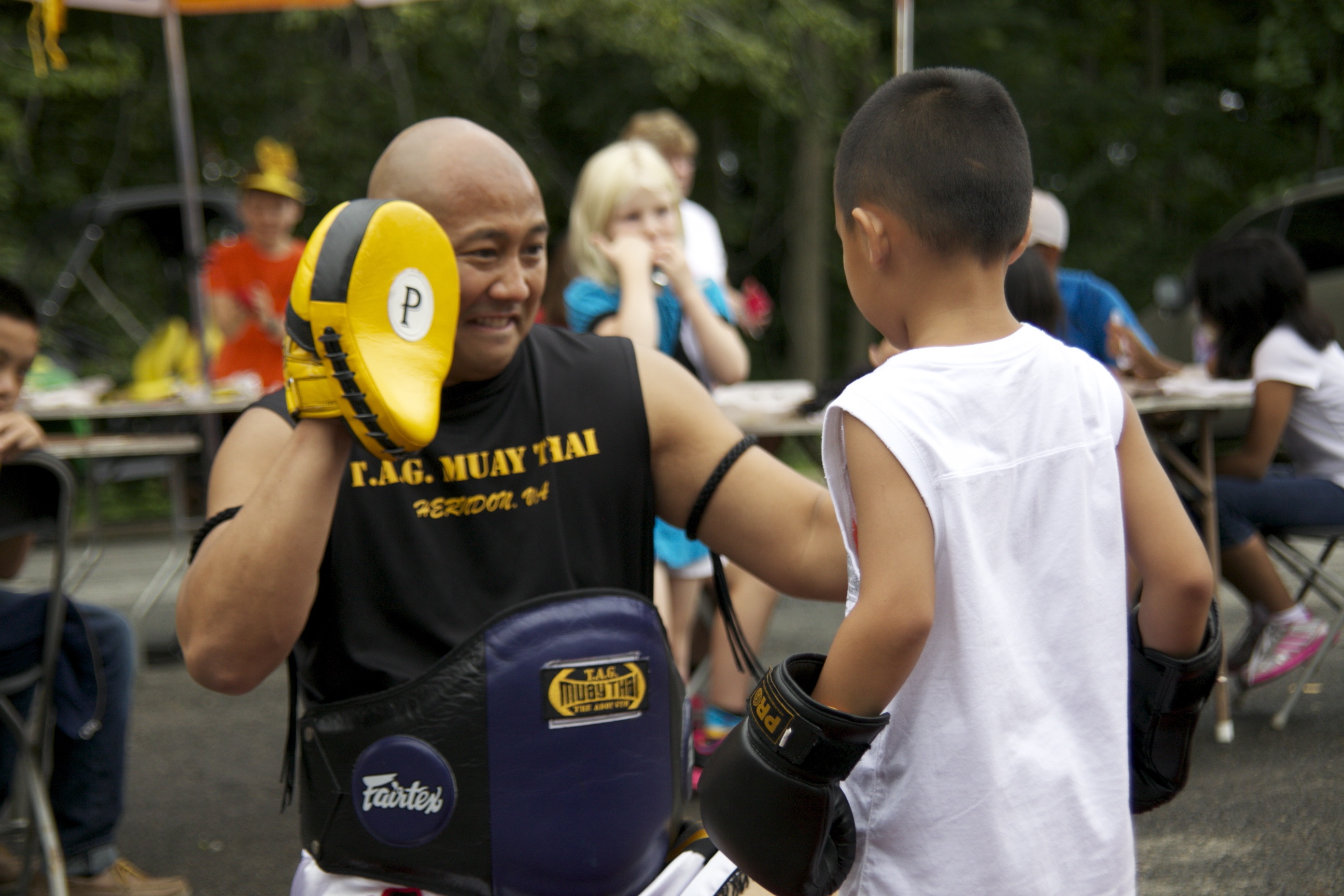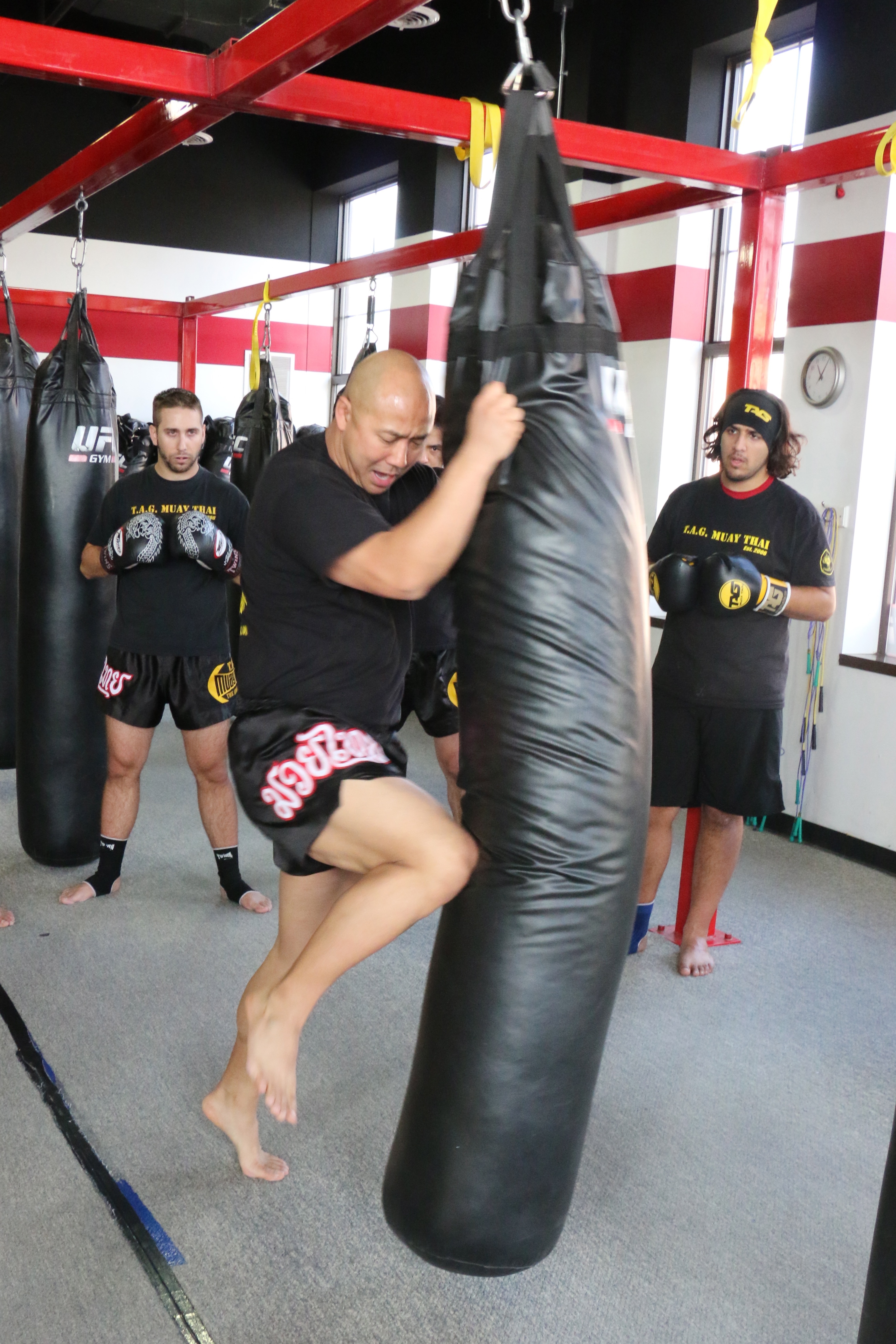1. Muay Thai’s Origins on the Battlefields of Thailand
What began as a method of hand-to-hand combat for Thai warriors evolved into an art form that balanced survival and honor.
https://youtu.be/dgaJRe43lYI
Key Points:
- Developed centuries ago for self-defense in warfare.
- Used fists, elbows, knees, and shins as natural weapons.
- Known as a vital skill for soldiers in close combat.
- Deeply tied to Thai culture and military history.
- Laid the foundation for the “Art of Eight Limbs.”

2. Muay Boran – The Traditional Martial Art
Before modern rules, Muay Thai was practiced as “Muay Boran,” a more traditional and unrestricted form of fighting.
Key Points:
- Passed down through generations as cultural heritage.
- Focused on raw power and survival techniques.
- Included a wide range of strikes and grapples.
- Practiced in villages as both sport and training.
- Inspired rituals still seen in Muay Thai today.

3. Muay Thai Becomes a National Sport
From village competitions to official recognition, Muay Thai transitioned into Thailand’s national sport.
Key Points:
- Gained popularity in festivals and celebrations.
- Fighters began competing for honor and prizes.
- Stadiums were built to host professional bouts.
- Rules were introduced for fairness and safety.
- Cemented its identity as Thailand’s pride.

4. The Global Spread of Muay Thai
In the 20th century, Muay Thai moved beyond Thailand, captivating audiences and athletes worldwide.
Key Points:
- Introduced to international martial arts communities.
- Influenced training in kickboxing and MMA.
- Attracted practitioners seeking effective striking arts.
- Spread through military exchanges and competitions.
- Became a respected discipline across continents.
https://youtube.com/shorts/00KPUsJ3D_Y?si=ZkcEWhr1O3WVPWIs
5. Muay Thai in Today’s Modern Gyms
Now, Muay Thai is not just for fighters — it’s for anyone seeking fitness, self-defense, and mental growth.
Key Points:
- Practiced in gyms worldwide, from Bangkok to New York.
- Adapted for beginners, fitness enthusiasts, and pros.
- Retains cultural rituals like the Wai Kru dance.
- Blends tradition with modern training methods.
- Continues to inspire respect, discipline, and strength.








